I’ve spent a considerable amount of time treading through digital mossy caves and subterranean dungeons — a bit more than I’d like to admit. So it pains me to say that my love for dungeon crawlers is finally coming to an end.
One issue with the genre is that its games follow a more traditional formula to the point that they become unappealing. Very few titles make the effort to set themselves apart. Very few bring new concepts to the table. A quick glance at the market shows a handful of gems hidden among the selection of cheap and low effort titles that primarily attempt to replicate other more successful dungeon crawler games.
And while all that is worth mentioning, personally, I’m just tired of “engaging” tales about heroism and vengeance. Sometimes a guy just wants to kill, loot, and craft — and that’s precisely where Dungeon Rushers comes rushing in.
Go up, left, right, or down — anywhere so long as the game allows it.
Goblinz Studio has managed to create a dungeon crawler that sticks it to the man. Dungeon Rushers forgoes your typical tale of world-saving, in favor of a more whimsical adventure of a boy turned treasure-hunter. The premise is simple: find the treasure in each dungeon and defeat enemies along the way. There’s no sad tale or story forced upon you — your only priority is to find the treasure.
In Dungeon Rushers, you’re quite literally just rushing through dungeons.
From the start, the game establishes its foundations. It’s a light-hearted and humorous adventure of a boy who wants to make a name of himself. In a span of ten seconds you’ll defeat a skeleton, meet a dwarf, and find the treasure. Later you’ll realize that Thorgrim, the burly dwarf, is an accountant. Do I really need to say more? The game is fast and simple, and its accompanied by a story that isn’t too overbearing.
Travelling through dungeons is made easy by the way movement works in-game. The exact nature of it is similar to the old Dungeons and Dragons play-sets. Dungeons are made up of singular tiles, and players can choose which direction to move in.
While we’re no stranger to this premise, Dungeon Rushers introduces a couple new elements to keep us reeled in.
Blessings and curses can really change up the pacing of your exploration.
Stepping forward onto an undiscovered tile means a chance to encounter a group of enemies, traps, or “random event.” Random events are scattered throughout a dungeon and can be categorized into altars, chests, or surprises.
- Altars bestow upon your party a random blessing or curse — the latter being something that could change up your approach entirely.
- Chests reward you with a random assortment of items. Some useful, some useless.
- Surprises surprise you with a random group of enemies. It’s a fight with zero preparation. In my play-through these tiles often put an end to my dungeon adventures.
These random events can dictate your success in a dungeon. Certain buffs can help you trample over any remaining parties of enemies, while traps and curses can make you more wary of where you’re going.
In seven hours, I don’t think Elian has ever touched his daggers.
But now we come to combat, an absolute no-brainer of a system.
It’s possibly the simplest combat system I’ve ever seen developed, and that’s the game’s major downfall. Each party member has three unique abilities at their disposal. Let’s take Elian, for example.
Elian can attack with his dagger, shoot an arrow, or poison his enemies. Though that in it of itself is not problematic, it becomes an issue when we realize that the most efficient way to play the game is to funnel all of our resources into using only one ability, abandoning the existence of the other two entirely.
The combat system is so easy that even a chimpanzee can achieve success.
In battle, I made Elian the sharpshooter he was always born to be. His only job was to shoot the shamans or “squishies” found in the back-line. Thorgrim was no better, using the same skill over and over again, pounding away at the goblins with zealous rage in hopes of paralyzing them. Recalling my experience so far, Pod was the only member to have some sort of leeway in the matter. He either buffed the armor of the rest of the party, or silenced all enemies on the field, but even then, the skill variety was negligible.
Although it’s fun at first, combat grows incredibly repetitive over time.
And this remains true no matter how many party members you introduce. Over time we begin to develop our own formula for success. Captivating fights turn stale as we continuously follow the same pattern of combat over and over again. Elian take out the back, Melinda make them bleed, and Pod keep singing his only damn song. If the development team does not give existing abilities more benefits, or put us into situations that require a fresh approach, we’ll always end utilizing only one or two abilities.
The dungeon designer is something that’s guaranteed to keep things fresh.
However, Goblinz Studio seems to address this issue by introducing a dungeon creator.
Advertised as a way to increase replayability and expand the game beyond a mere dungeon crawler is the option to create your very own dungeon. The designer is easy and intuitive, making placing dungeon tiles as painless as counting to three — or the combat system for that matter.
This is where Goblinz Studio successfully addresses the issue of only using one ability.
Player-made dungeons and monster encounters is enough to force players to make use of their characters’ other skills.
Multiplayer dungeons are a huge part of the game. It makes Dungeon Rushers stand from other titles, but more importantly, it puts us in a position where we don’t have to fight the usual group of enemies.
The dungeon designer permits players to create parties of monsters that we normally wouldn’t see in the single player campaign. Six crossbowmen, three goblin shamans and two goblin riders — rushers can mix and match monsters to create groups of enemies that call for strategy and consideration. We’ll be forced to use our AoE spells this time around, and a random assortment of enemies in a dungeon will be sure to keep us on our toes. Trust me when I say this, you won’t be funneled into only one ability when you encounter a six pack of goblin riders.
I realized my mistakes moments later. A point in another skill is a wasted one.
Though Dungeon Rushers does not sport a decent story, sense of progression, or intricate crafting system that we’ve become so accustomed to seeing, it’s not advertised as including either of those.
What it does include, however, it does right.
The quirkiness is not too much. There’s a huge selection of members to choose from. The art-style is cute and charming, and each character has their own appeal. Thorgrim is your grumbling old dwarf who grows increasingly tired of your antics, that vampire chick is obviously high maintenance, and you can’t have a proper dungeon travelling party without a musical bard at your side. The game allows you to create your own dungeons. In any game with any amount of drawbacks, a space for player-created content is always a plus.
Most importantly is the fact that the game is still in the very early stages of development. It’s — in my opinion — one of the more well-developed games to hit Early Access, and it has room to grow considerably.
How simple the game is designed means developers can freely add content as time permits. While it does little to inspire and offer a completely memorable experience, the game definitely shows promise. That’s a huge win as far as I’m concerned.

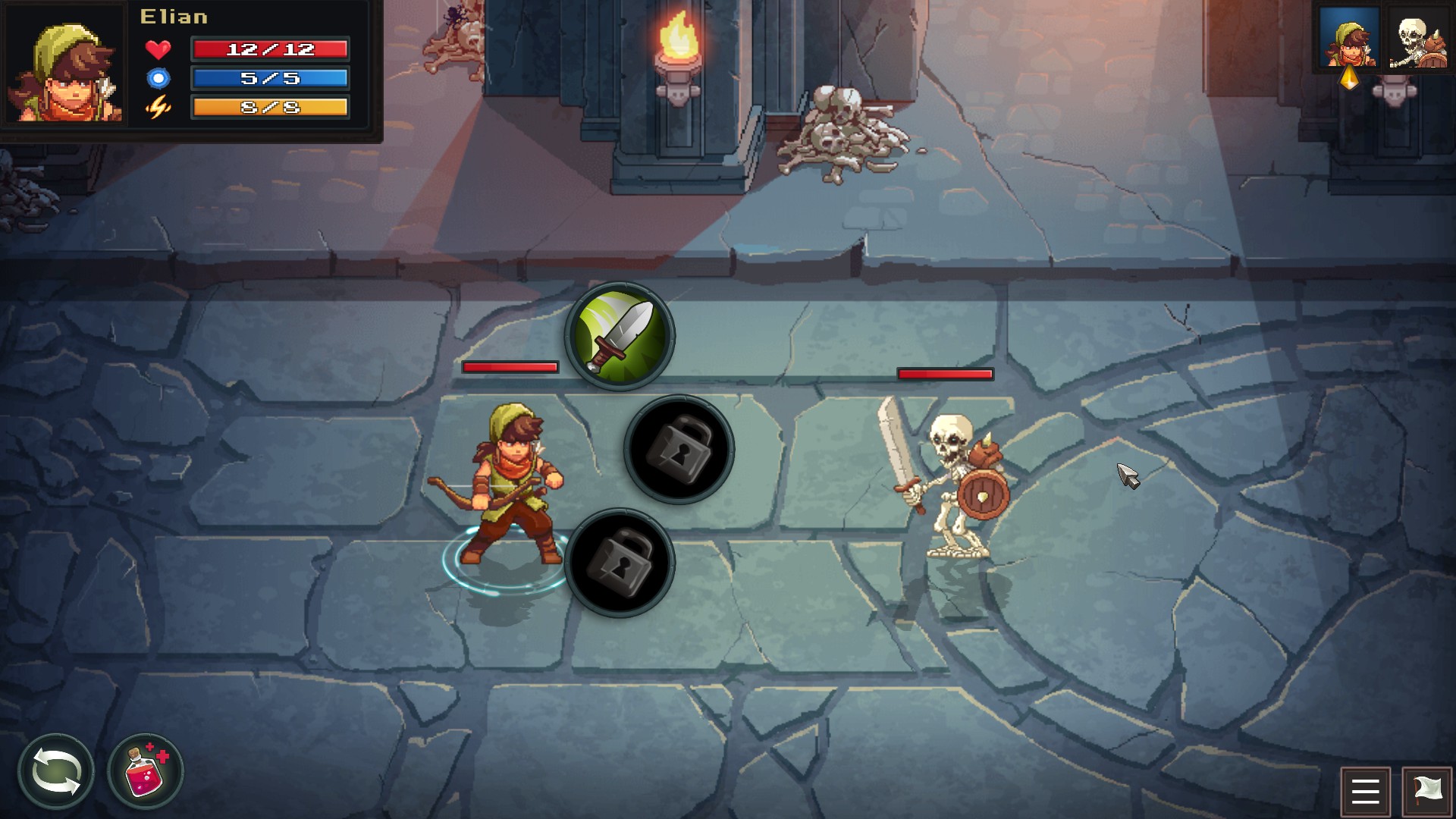
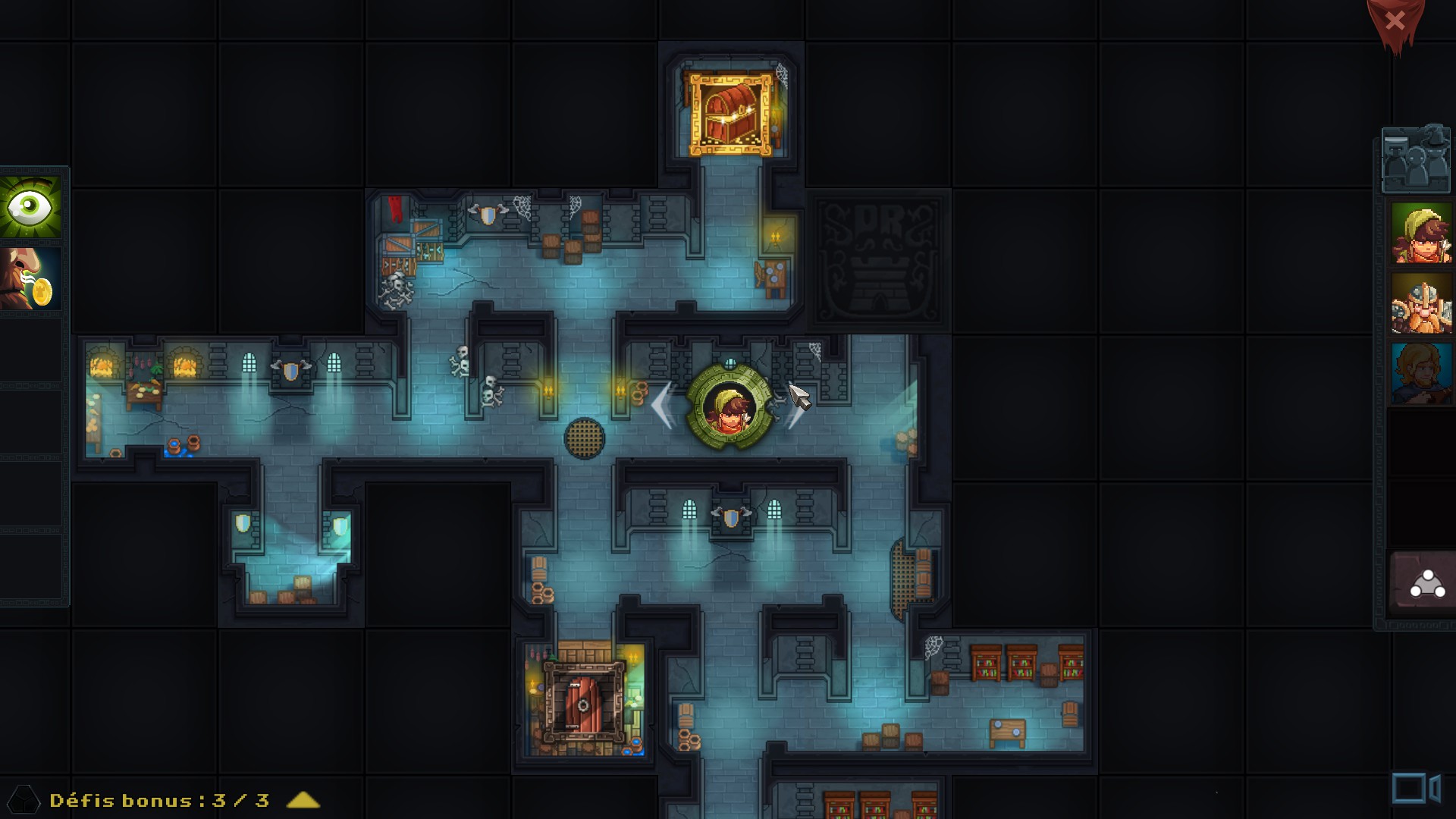
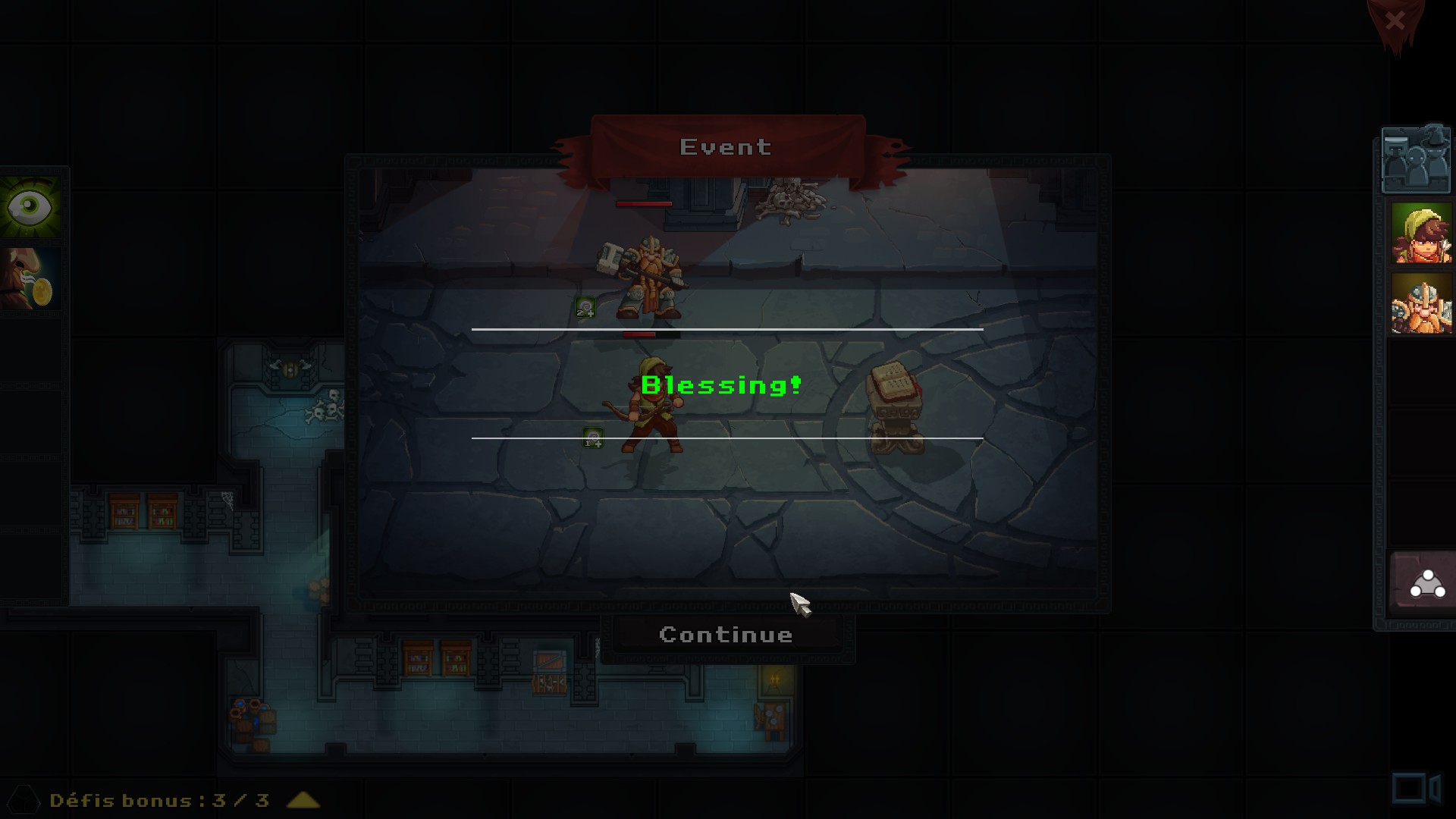

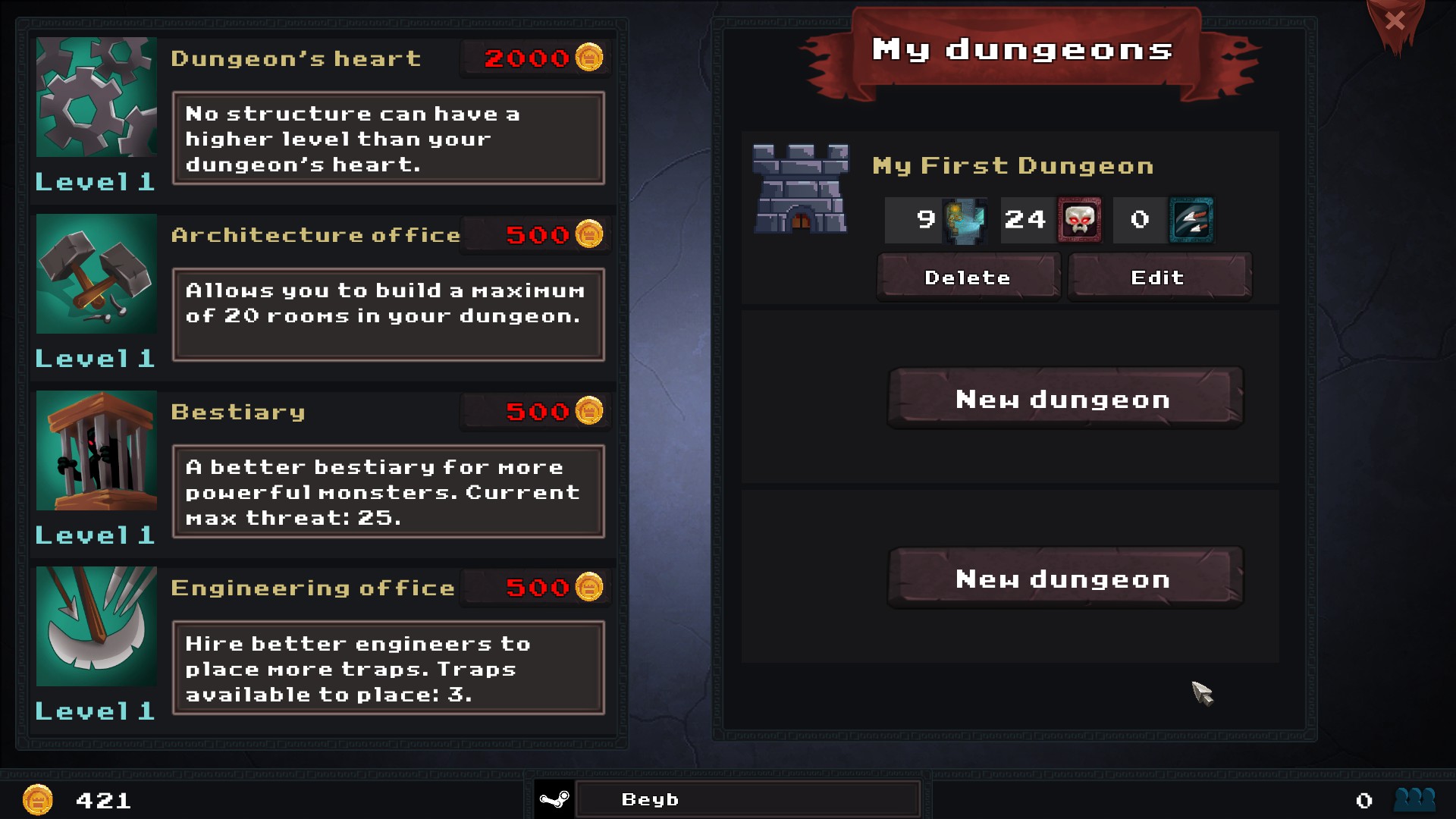
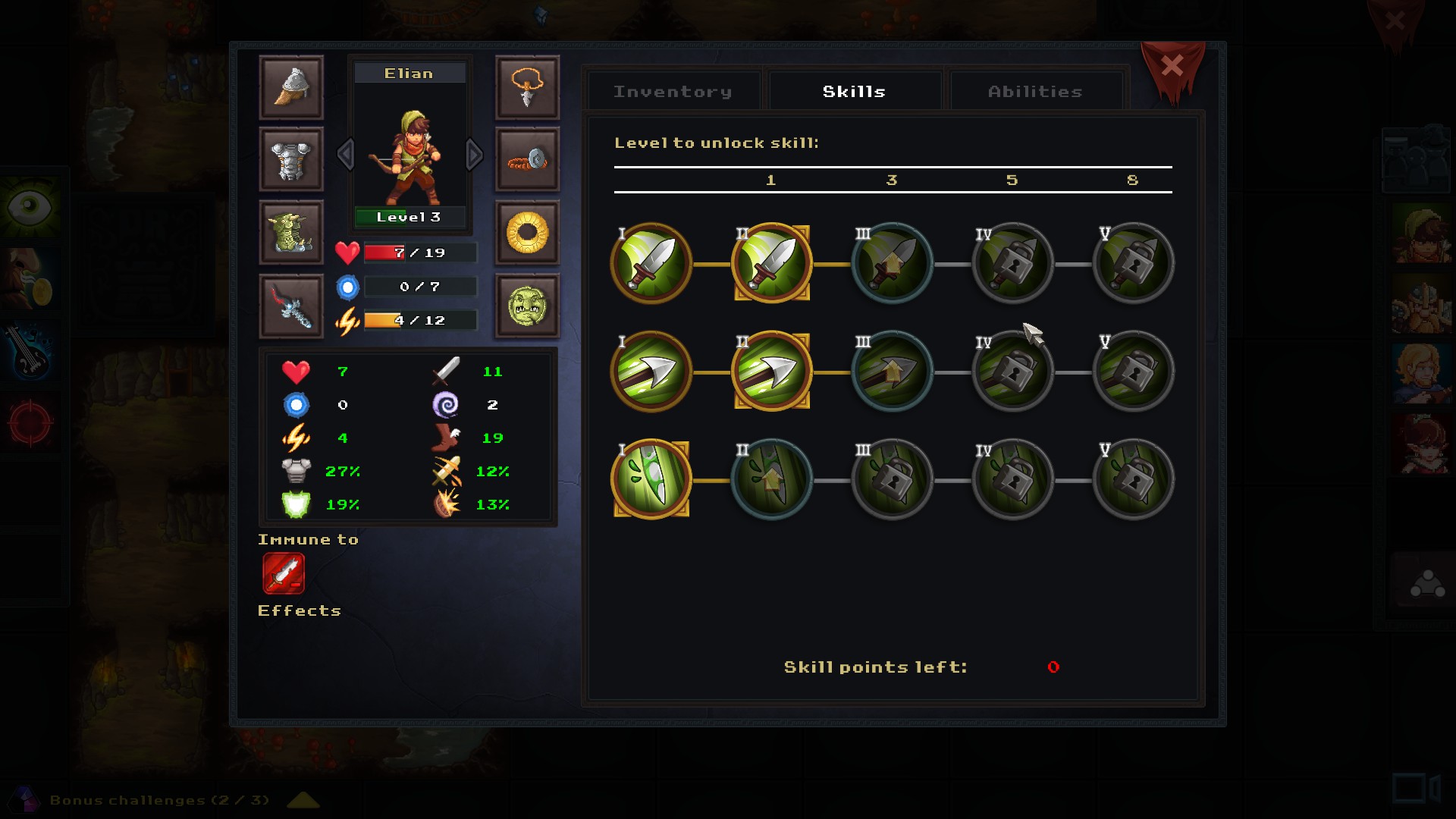





Published: May 10, 2016 07:41 pm